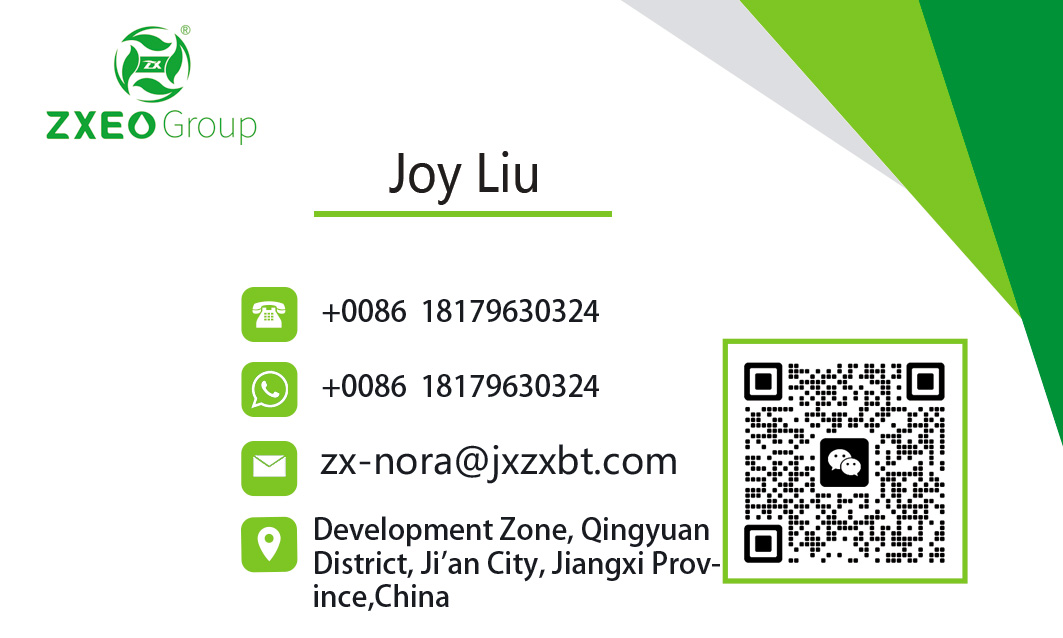The ancient world’s most revered floral essence, once treasured by Pharaohs and depicted in hieroglyphics, is experiencing a remarkable revival. Blue Lotus (Nymphaea caerulea) oil, extracted from the sacred bloom that graced the Nile River, is capturing the attention of the global wellness and luxury skincare markets for its unique aromatic and therapeutic properties.
Long shrouded in mystery for its ceremonial and purported mild psychoactive uses, the modern application of Blue Lotus focuses on its potent benefits for skin, mind, and spirit through advanced, non-intoxicating extraction methods. This has opened the door for a new generation to experience a piece of botanical history.
“The Blue Lotus was not just a plant to the Ancient Egyptians; it was a symbol of rebirth, spiritual enlightenment, and divine beauty,” said Dr. Amira Khalil, a historian and consultant for Luxor Botanicals, a leading producer of ethically sourced Blue Lotus oil. “We are now able to harness its essence through gentle CO2 extraction, capturing its full spectrum of benefits without the historical methods of fermentation. This allows us to offer a pure, potent, and consistent oil that is perfect for modern therapeutic and cosmetic use.”
The Science Behind the Symbol
Modern phytochemical analysis has identified the key compounds that contribute to Blue Lotus oil‘s efficacy. It is rich in powerful antioxidants like quercetin and kaempferol, which combat free radicals and environmental stressors responsible for premature aging. It also contains nuciferine and aporphine, alkaloids known for their soothing and calming effects on the nervous system.
This unique biochemical profile translates into tangible benefits:
- For Skincare: The oil is a powerful emollient, deeply hydrating the skin and improving elasticity. Its anti-inflammatory and antioxidant properties help to calm redness, reduce the appearance of fine lines, and promote a radiant, even complexion.
- For Aromatherapy: The fragrance is intensely floral, sweet, and slightly spicy—often described as a blend of lotus flower, rose, and a subtle earthy undertone. In diffusers or personal inhalers, it is sought after for its ability to ease mental tension, promote a state of peaceful relaxation, and encourage a meditative state. It is not considered a psychoactive substance in this purified, concentrated oil form.
A Niche Market Blossoms
The market for Blue Lotus oil, while still niche, is growing rapidly. It appeals to discerning consumers—”conscious hedonists”—who seek rare, effective, and story-rich ingredients. It is increasingly featured in high-end serums, facial elixirs, natural perfumery, and artisanal wellness products.
“The consumer today is educated and curious. They want ingredients with provenance and purpose,” noted Elena Silva, founder of Aetherium Beauty, a luxury skincare brand that features Blue Lotus oil as a hero ingredient. “Blue Lotus offers an unparalleled sensorial experience. It’s not just about what it does for the skin, which is incredible, but also about the tranquil, almost transcendental state it induces during one’s skincare ritual. It turns a routine into a ceremony.”
Sustainability and Ethical Sourcing
With rising demand, the focus on sustainable and ethical cultivation is paramount. Reputable suppliers are partnering with small-scale farms in Egypt and Southeast Asia that employ organic practices, ensuring the preservation of the plant and providing fair wages to local communities. The extraction process is meticulous, requiring thousands of hand-harvested flowers to produce a single kilogram of the precious oil, justifying its status as a luxury commodity.
Availability
Pure, high-quality Blue Lotus CO2 extract is available through specialized online retailers, artisan apothecaries, and select luxury spas. It is typically offered in small bottles as a concentrated ingredient to be blended into carrier oils or added to existing products.
Post time: Aug-27-2025


